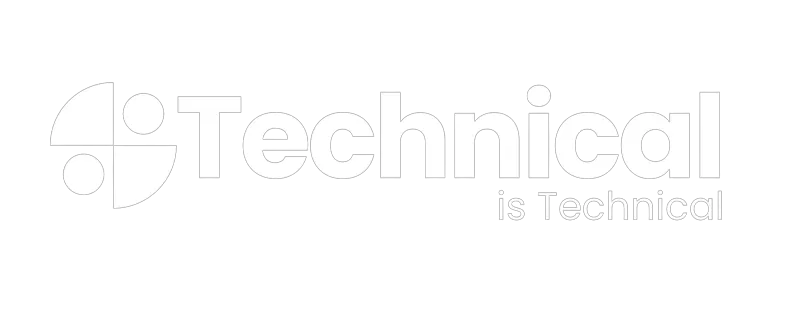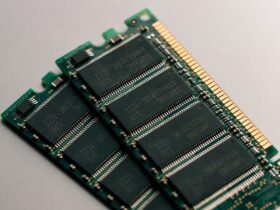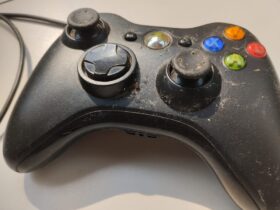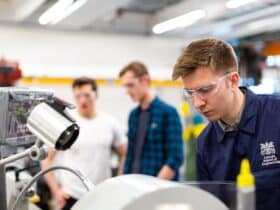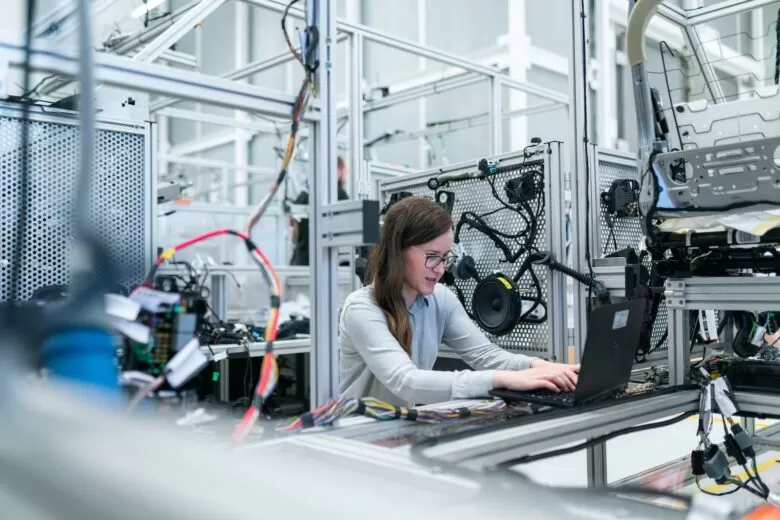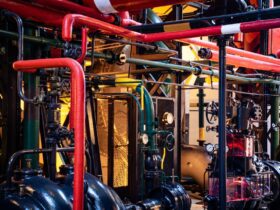A digital twin is a digital replica of a physical object or system. The concept of a digital twin was first introduced in 2002 by Dr. Michael Grieves of the University of Michigan. The idea is to create a virtual model of an object or system in order to better understand its behavior and optimize its performance.
Digital twins are becoming increasingly important in manufacturing, as they can be used to simulate the manufacturing process and identify bottlenecks or potential problems.
What is a digital twin?
A digital twin is a computer-generated model of a physical object or system. The purpose of a digital twin is to provide real-time insights into the performance of that object or system.
Digital twins are often used in manufacturing, as they can help to optimize production line processes and improve product quality. For example, by monitoring the digital twin of a machine, manufacturers can detect potential problems early on and take preventive action.
Digital twins can also be used to simulate different scenarios before they are carried out in the real world. This can help to reduce the risk of errors and improve decision-making.
What are the benefits of using a digital twin in manufacturing?
A digital twin is a digital replica of a physical object or system. The concept of digital twins has been around for over a decade, but only recently have the technological advances made it possible to create an accurate and comprehensive replica of an actual physical product or system.
The benefits of using a digital twin are many and varied. Perhaps the most obvious benefit is that it allows manufacturers to test and validate new products and processes before they are implemented in the real world. This is important in manufacturing devices and methods that involve the foundations of many technologies, like PCB assembly. This can save significant time and money and reduce the risk of errors and accidents.
Another benefit is that digital twins can be used to monitor the performance of existing products and systems in the field, in real-time. This data can then be used to improve the design of future products or to make adjustments to existing ones.


How does a digital twin work?
A digital twin is a digital replica of a physical object or system. It can be used to simulate the behavior of the physical object or system, and to optimize its performance.
Digital twins are created by collecting data from sensors that are attached to the physical object or system. This data is used to create a digital model of the object or system. The digital model is then used to simulate the behavior of the physical object or system.
Digital twins can be used to optimize the performance of the physical object or system. For example, if a digital twin is used to simulate the behavior of an industrial machine, it can be used to optimize the machine’s performance. By changing the variables in the digital model, engineers can experiment with different ways to improve the machine’s performance.
Case study: how digital twins are used in manufacturing
A digital twin is a digital replica of a physical object or system. It can be used to simulate how the object or system would behave in different conditions and predict outcomes of changes.
Digital twins are used in manufacturing to create a virtual representation of the manufacturing process. This allows manufacturers to identify issues and optimize processes before making changes to the physical product.
Digital twins can help reduce costs, improve quality, and increase efficiency in manufacturing. They can also be used to create new products and services, and to improve customer experience.
Conclusion
As digitalization in the manufacturing sector continues to grow, more and more companies are turning to digital twins to help them optimize their processes. But what exactly is a digital twin, and why is it so important?
A digital twin is a digital replica of a physical object or system. It can be used to simulate real-world conditions and track how the object or system responds over time. This information can then be used to improve the performance of the physical object or system.
There are many benefits of using digital twins in manufacturing. For one, they can help reduce downtime by identifying potential problems before they occur. Additionally, they can be used to improve product quality by ensuring that products meet all specifications before they leave the factory floor. Finally, digital twins can also help increase efficiency by providing insight into how different production line components interact with one another.
